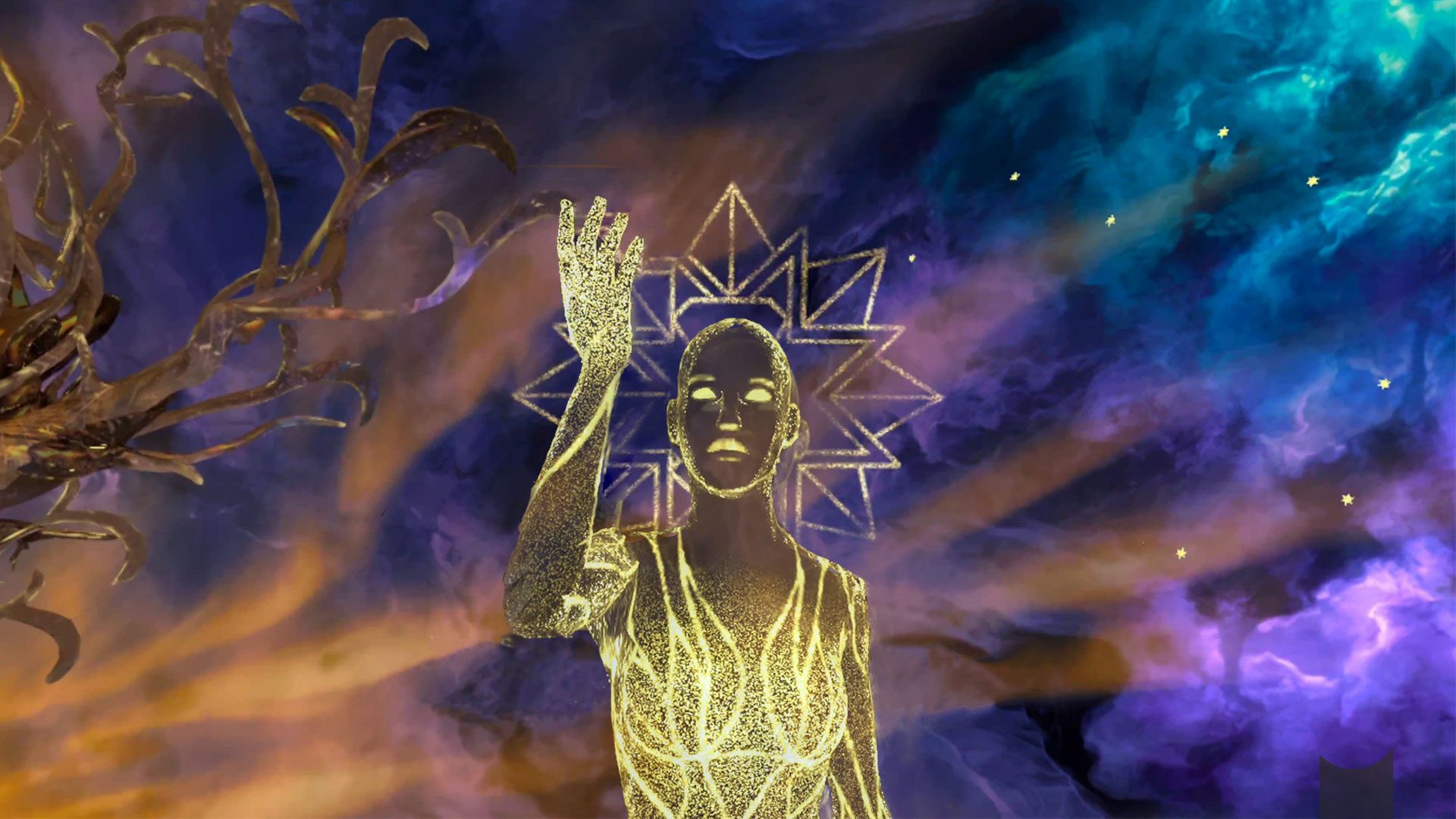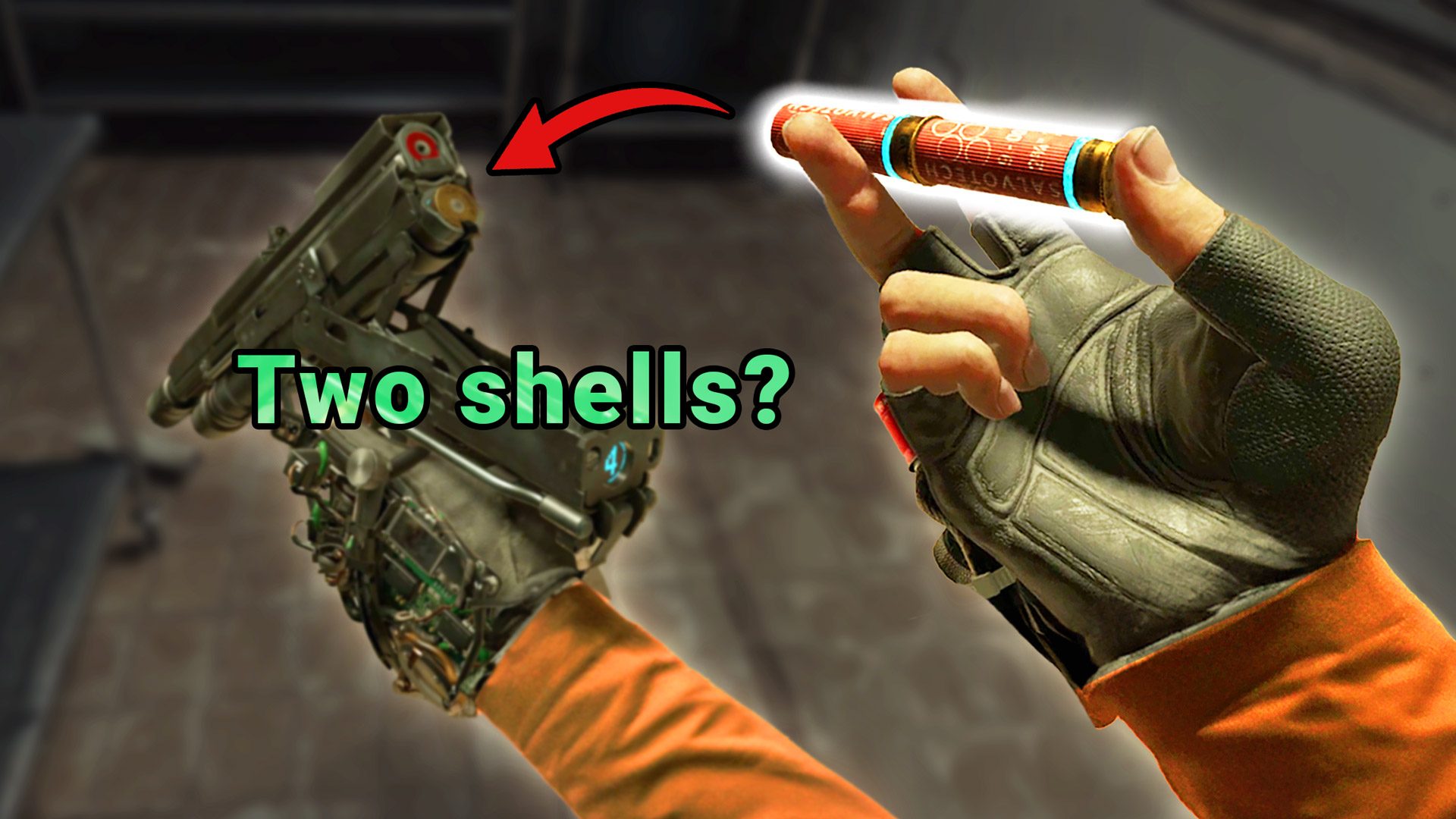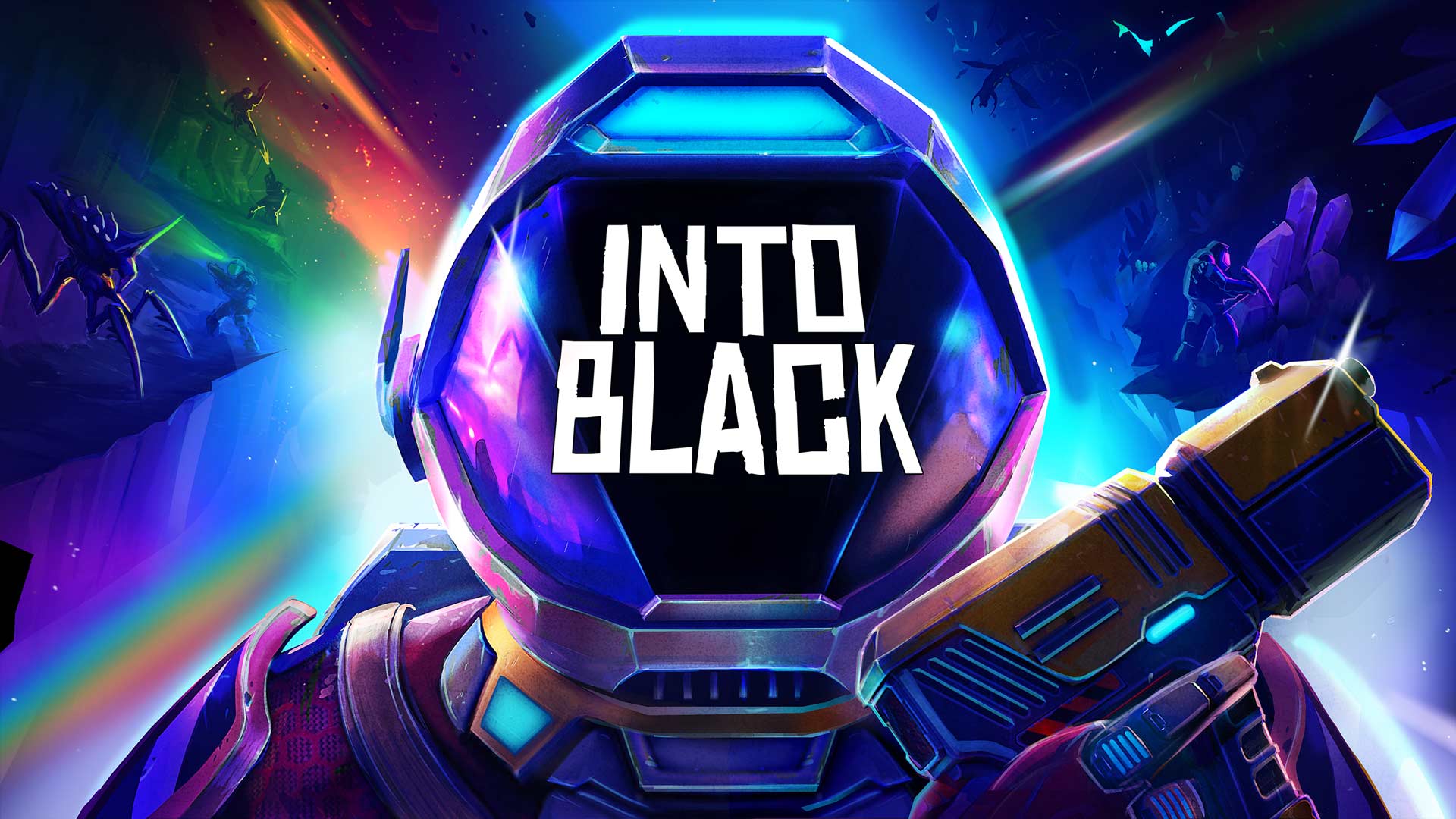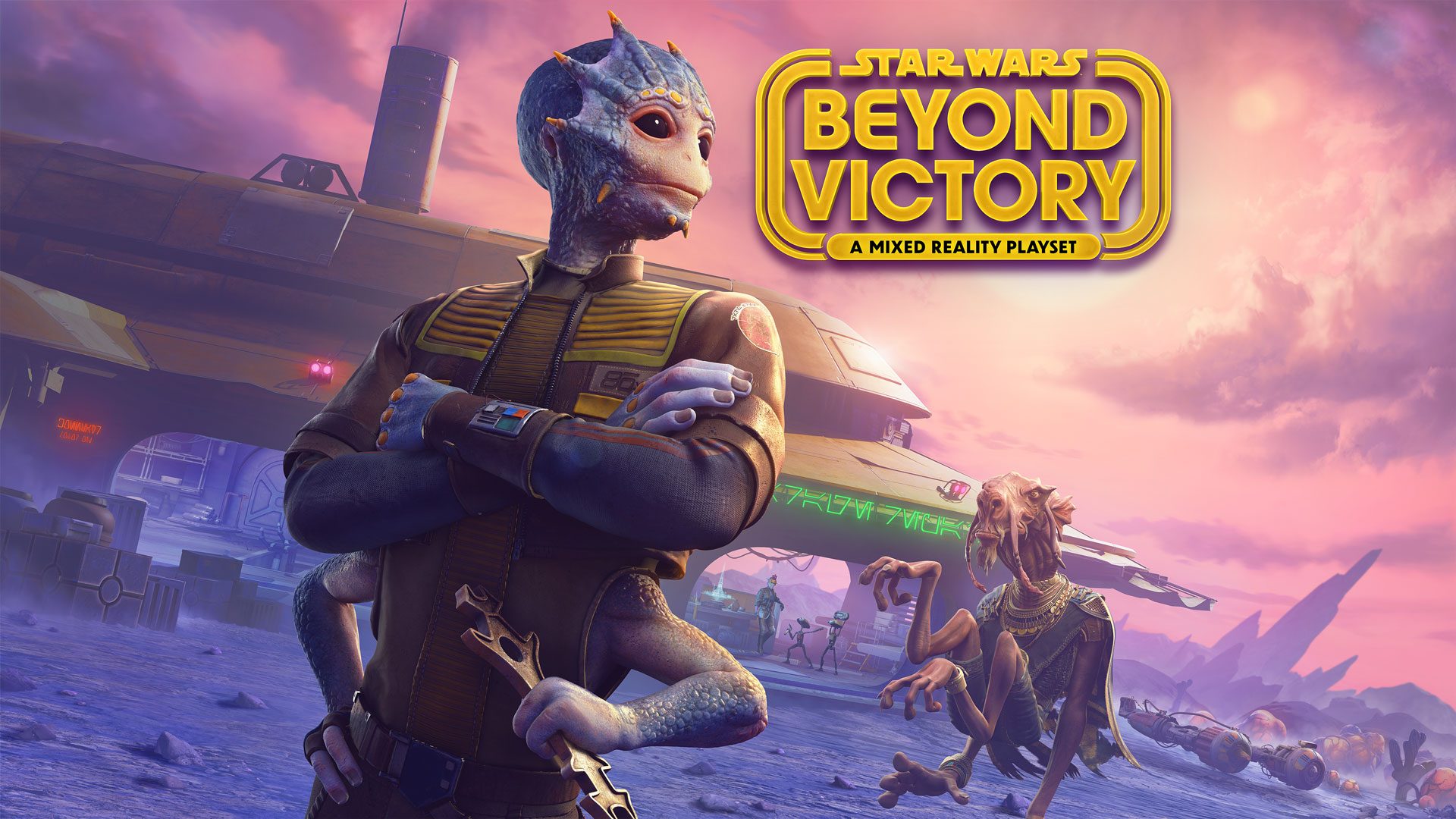Explaining why I’m drawn to the steady pace of classic Japanese RPGs can be a bit tricky sometimes. Sure, I might grumble about random battles or dungeons that lead nowhere, but there’s something about the rhythm of a well-crafted RPG that just clicks with me. They’re like hearty comfort food for the gaming soul. Dragon Quest III HD-2D has quickly become the game I’d recommend to anyone looking to capture that nostalgic, cozy vibe. It’s pretty amazing how an NES title from the 1980s still holds its ground more than 35 years later. What’s even more surprising is how this new version retains the charm of the original while adding just enough modern touches. It’s essentially the same game we knew from 1988, now with a few sleek updates. This remake smartly honors the original while managing to feel fresh and not at all outdated.
If you’re not familiar with the legacy of Dragon Quest, let me fill you in: Dragon Quest III is the game that catapulted the series into the heart of Japanese culture. When it was released in 1988, it sold over a million copies on its first day, leading to the legend that the Japanese government banned Dragon Quest releases on weekdays to combat distraction (spoiler: that’s just a myth). The buzz around the game was completely deserved because, at its time, Dragon Quest III was revolutionary. Its predecessors laid down the groundwork: the first game introduced a lone hero on a straightforward adventure, while Dragon Quest II expanded on that with a full party, though it stumbled a bit in gameplay. Dragon Quest III, however, hit a home run.
You step into the shoes of the 16-year-old progeny of Ortega, a legendary hero who fell in battle against the evil Baramos. After a personality quiz that influences your character’s stat growth, you embark on a global mission to avenge your father and defeat Baramos. You have the freedom to build a four-character party by selecting from various classes, engaging in episodic adventures aiding different communities along your journey. Initially, the class system seems straightforward but reveals deeper complexities as you progress. Your party members can change classes, retaining their skills while starting back at level one with reduced stats, offering a delightful puzzle in crafting effective and versatile team members. Whether you choose to evolve your mage into a powerful Sage or transform a Priest with advanced healing skills into a melee powerhouse, the class system feels like a nostalgic embrace, reminding me of just how fun and flexible it was.
The comforting familiarity extends to the turn-based battle system, which remains largely untouched. Though I frequently used the Tactics setting to automate battles, especially during random encounters, it remains reliable and inherently comforting. It doesn’t reinvent the turn-based wheel, but it definitely feels warm and inviting.
Enhancements in this remake enrich the experience. The Monster Arena is a notable addition where you can recruit creatures and pit them against each other in Pokémon-style battles. Additional story content gives more depth to your hero’s father, Ortega, offering a distilled touch to a key character in the lore. Beyond these, the remake includes modern enhancements like voice acting in both English and Japanese, customizable battle speeds, three difficulty levels, convenient auto-saves, and much more. If you were hoping for some modern conveniences in this revamp, they’re likely here.
Dragon Quest III HD-2D offers a classic RPG experience to a broader audience. It doesn’t claim to be anything more than a timeless RPG, yet its quality remains evident over the decades. While it may lack the exhaustive archival features of some gaming museum releases we’ve seen lately, it clearly carries the same spirit: reviving a monumental game with the care it deserves for today’s gamers to experience. Sure, we’ve seen some fantastic RPGs in the last 35 years, but we owe a nod to Dragon Quest III for paving their way.













































